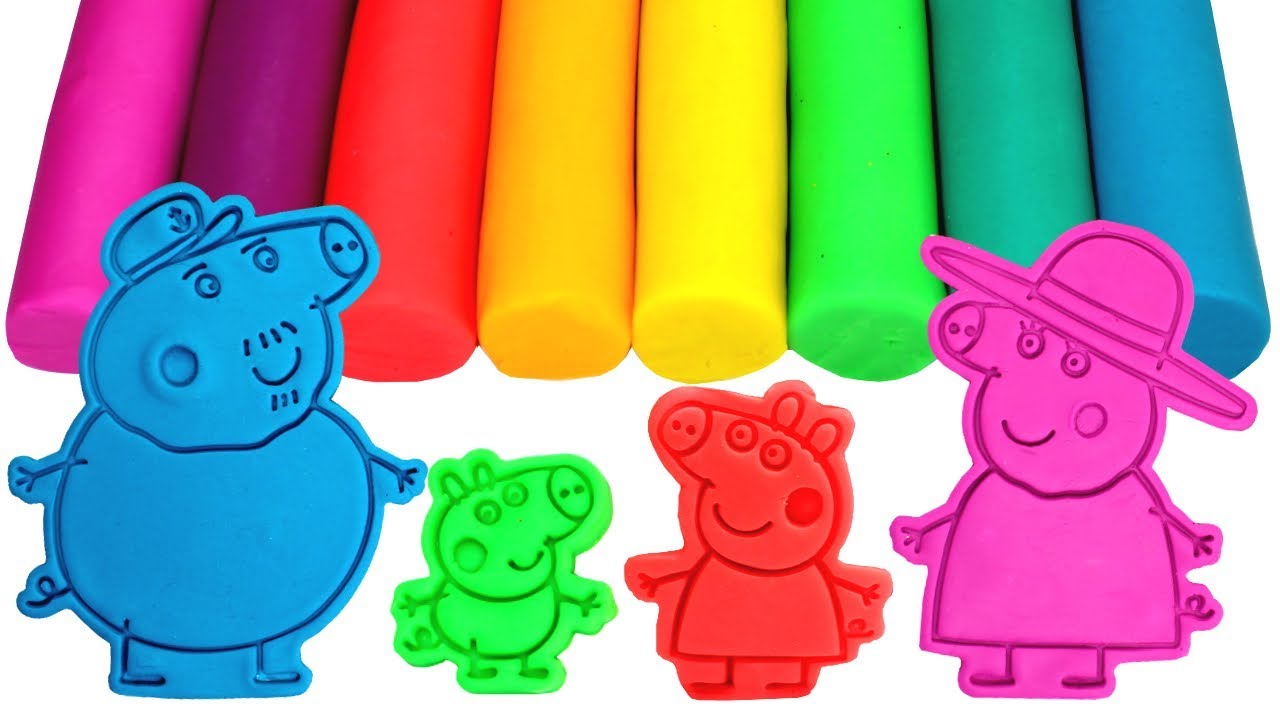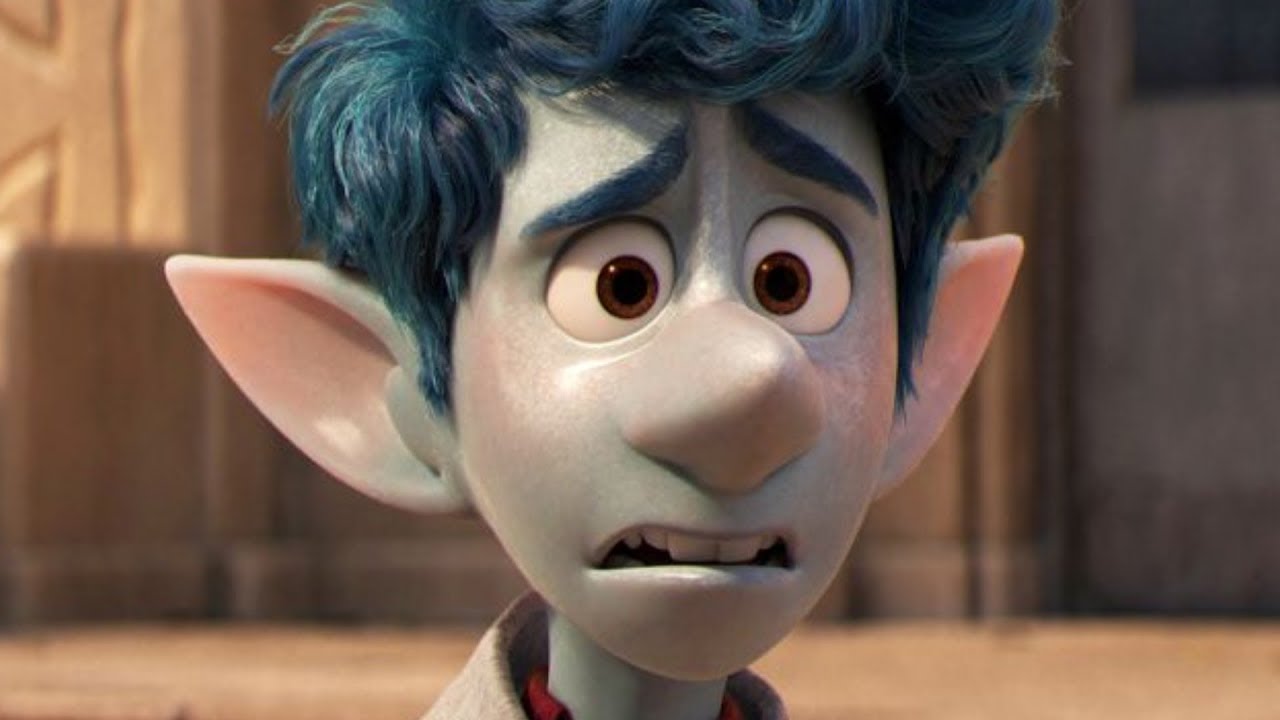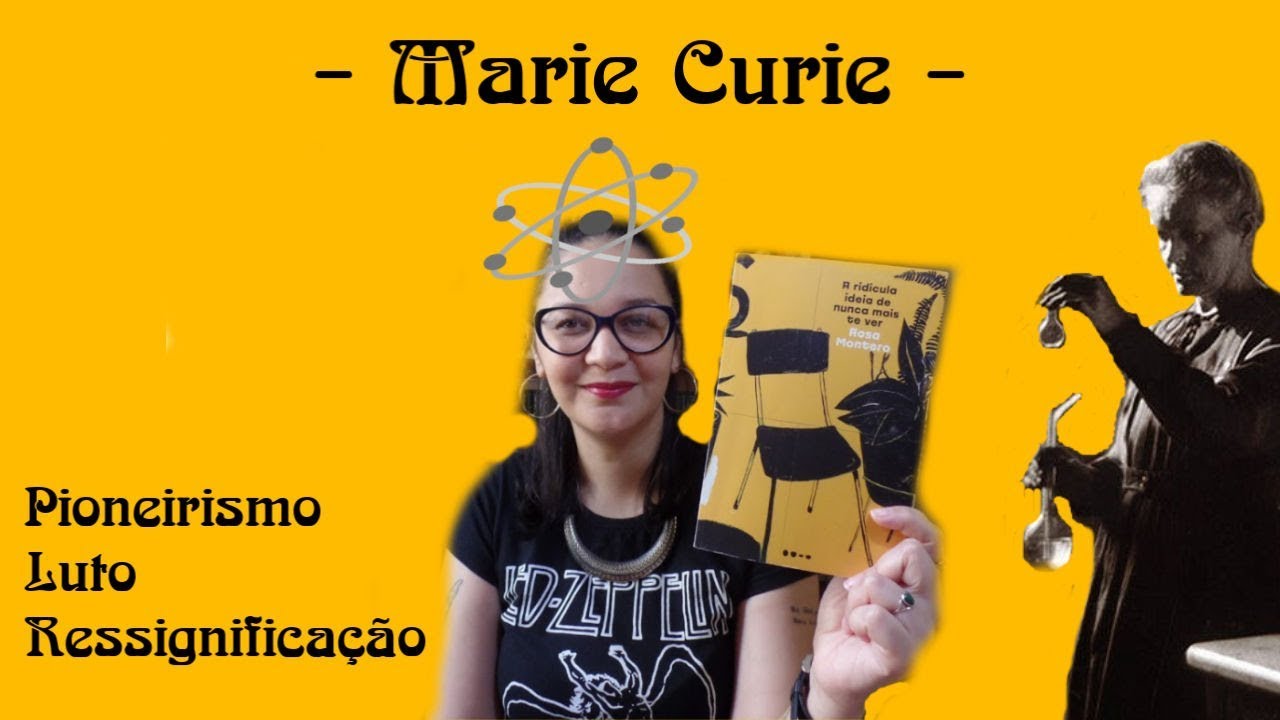Irma irmash
René François Ghislain Magritte (November 21, 1898 — August 15, 1967) was a Belgian surrealist artist.
Magritte was born in Lessines, Belgium in 1898, the eldest son of Léopold Magritte, a tailor, and Adeline, a milliner. He began drawing lessons in 1910. In 1912, his mother committed suicide by drowning herself in the River Sambre. Magritte was present when her body was retrieved from the water. The image of his mother floating, her dress obscuring her face, may have influenced a 1927-1928 series of paintings of people with cloth obscuring their faces, including Les Amant, but Magritte disliked this explanation. He studied at the Académie Royale des Beaux-Arts in Brussels for two years until 1918. In 1922 he married Georgette Berger, whom he had met in 1913.
Magritte worked in a wallpaper factory, and was a poster and advertisement designer until 1926 when a contract with Galerie la Centaure in Brussels made it possible for him to paint full-time. In 1926, Magritte produced his first surreal painting, The Lost Jockey (Le jockey perdu), and held his first exhibition in Brussels in 1927. Critics heaped abuse on the exhibition. Depressed by the failure, he moved to Paris where he became friends with André Breton, and became involved in the surrealist group.
When Galerie la Centaure closed and the contract income ended, he returned to Brussels and worked in advertising. Then, with his brother, he formed an agency, which earned him a living wage.
During the German occupation of Belgium in World War II he remained in Brussels, which led to a break with Breton. At the time he renounced the violence and pessimism of his earlier work, though he returned to the themes later.
His work showed in the United States in New York in 1936 and again in that city in two retrospective exhibitions, one at the Museum of Modern Art in 1965, and the other at the Metropolitan Museum of Art in 1992.
Magritte died of pancreatic cancer on August 15, 1967 and was interred in Schaarbeek Cemetery, Brussels.
Popular interest in Magritte’s work rose considerably in the 1960s, and his imagery has influenced Pop, Minimalist, and Conceptual art.In 2005 he came 9th in the Walloon version of De Grootste Belg (The Greatest Belgian); in the Flemish version he was 18th.
A consummate technician, his work frequently displays a juxtaposition of ordinary objects in an unusual context, giving new meanings to familiar things. The representational use of objects as other than what they seem is typified in his painting, The Treachery of Images (La trahison des images), which shows a pipe that looks as though it is a model for a tobacco store advertisement. Magritte painted below the pipe, This is not a pipe (Ceci n’est pas une pipe), which seems a contradiction, but is actually true: the painting is not a pipe, it is an image of a pipe. (In his book, This Is Not a Pipe, French critic Michel Foucault discusses the painting and its paradox.)
Magritte pulled the same stunt in a painting of an apple: he painted the fruit realistically and then used an internal caption or framing device to deny that the item was an apple. In these Ceci n’est pas works, Magritte points out that no matter how closely, through realism-art, we come to depicting an item accurately, we never do catch the item itself: we cannot smoke tobacco with a picture of a pipe.
His art shows a more representational style of surrealism compared to the “automatic” style seen in works by artists like Joan Miró. In addition to fantastic elements, his work is often witty and amusing. He also created a number of surrealist versions of other famous paintings.
René Magritte described his paintings by saying, “My painting is visible images which conceal nothing; they evoke mystery and, indeed, when one sees one of my pictures, one asks oneself this simple question, ‘What does that mean?’. It does not mean anything, because mystery means nothing either, it is unknowable. ”
Source




0:22 " Jolly Good Show !"
I watched this in art at myrtle. Grove. Middie School im. Still here last year here im. Going To Miss my Teachers 😢😢😢😖😖😖😫😿😿
Amazing! I loved it
best video I've ever seen.So powerful and full of emotions.
Oh I so love this!!!
Thank you for this good piece of work
……………………
Me ENCANTA !!!! Rene MAGRITTE, me lleva a la dimensión de lo q está x descubrirse lo que viene luego,……….después,…….. sin esperarlo.
Su surrealismo es único y MARAVILLOSO !!!
MGRACIAS x compartir ARTE
some paintings are dali's…..thanks for the post……i m a freelance painter myself
Them nude paintings
Or rather, finding reality in reality itself (acc. to Magritte).
Magritte would certainly NEVER have agreed to "psychological" as a description of his works or commitment.
The best of Enigma through the most beautiful paintings of Magritte!!
Sono a bocca aperta.
Grazie !
Michele
Some of it was not even Magritte's works.. I saw De Chirico's Mystery And Melancholy Of A Street for an example.
Mindfuck.
CHECK OUT VLADIMIR KUSH!
Rene Magritte: Absolutely outstanding work, outstanding presentation. I can't express how astonishingly pleased I was at the subject matter in your work. Bravo! Bravo!
The painting at 2:44 in the video is by Giorgio de Chirico, not Magritte. But it does rather fit in!
Very Nice…
Magritte, one of my favorites !
@mopale500, la musica es ENIGMA.
great pics in this vid.thank u for uploading here.
He paints the emotions and moods good.
~Ch.~
very cool artist ,so nice to meet you…
Peep, Beats by Wallace Green
Margritte, Beautifully haunting Images , thanks 4 posting